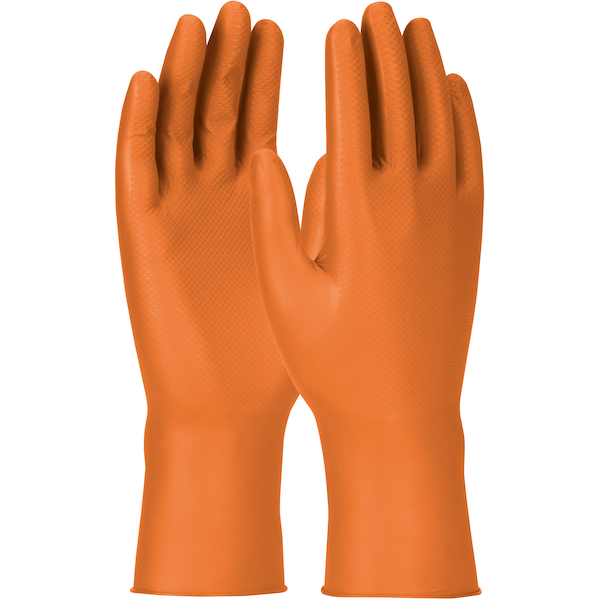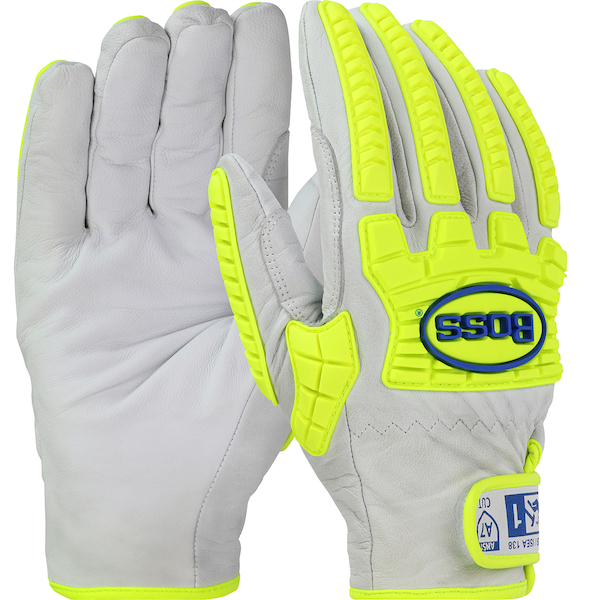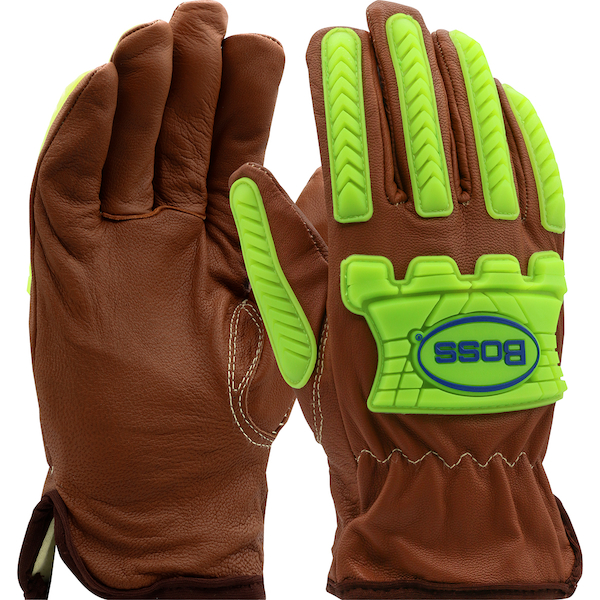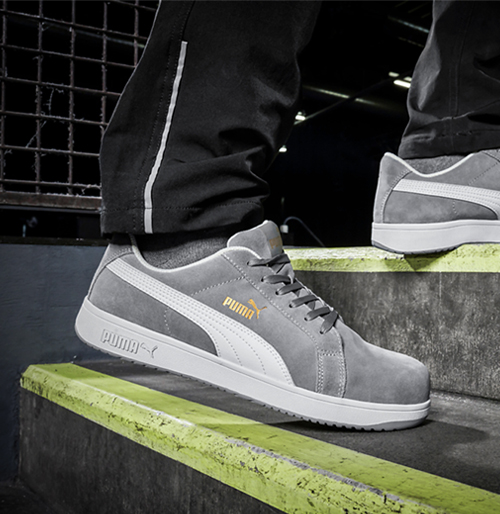Underground mining is a method used to extract valuable minerals from deep within the Earth’s crust. Unlike aboveground, underground mining requires the construction of tunnels and shafts to reach deposits located far beneath the surface. This method is particularly essential for extracting materials like coal, gold, and precious metals, which are often found in veins deep within the Earth.
The primary challenge of underground mining is the confined and hazardous environment miners work in. Workers must navigate narrow, dark tunnels that can be unstable and prone to collapse. Rockfalls, tunnel collapses, and debris from above are constant threats, requiring the use of advanced ground support systems, such as bolting and mesh, to reinforce tunnels. Unlike surface mining, which has more open spaces and better visibility, underground miners work in cramped, dimly lit spaces, which increases the risk of accidents.
Underground mines are by design susceptible to dangerous gas buildups, such as methane, which can be explosive. Proper ventilation systems are essential to maintaining airflow and keeping harmful gases at bay. The confined spaces can also lead to challenges in maintaining air quality and temperature regulation.
Additionally, mining operations below the surface are subject to extreme conditions and limited access to emergency services, which can make it difficult to respond quickly to incidents. Despite these risks, underground mining is essential for accessing hard-to-reach minerals that can't be extracted through surface mining methods.
By using the latest safety technologies, ongoing risk assessments, and ensuring workers are equipped with appropriate PPE, the risks of underground mining can be significantly reduced, helping to protect the health and safety of those working below ground.
View more about Underground Mining

 General Purpose Gloves - CoatedMaxiFlex® Ultimate™34-874
General Purpose Gloves - CoatedMaxiFlex® Ultimate™34-874
 Cut Resistant GlovesMaxiFlex® Cut™34-8743
Cut Resistant GlovesMaxiFlex® Cut™34-8743
 Extended Use Disposable GlovesGrippaz™ Engage67-307
Extended Use Disposable GlovesGrippaz™ Engage67-307
 Safety HelmetsTraverse™280-HP1491RVM
Safety HelmetsTraverse™280-HP1491RVM
 Safety HelmetsKilimanjaro™280-HP642R-CH
Safety HelmetsKilimanjaro™280-HP642R-CH
 Hi Performance GloveBoss®9916
Hi Performance GloveBoss®9916
 Arc Protection KitsPIP®9150-52436
Arc Protection KitsPIP®9150-52436
 Safety HelmetsTraverse™280-HP1491RM
Safety HelmetsTraverse™280-HP1491RM
 Hi Performance GloveBoss® XtremeKS993KOAB
Hi Performance GloveBoss® XtremeKS993KOAB
 Protection From ColdG-Tek® PolyKor®41-8035
Protection From ColdG-Tek® PolyKor®41-8035
 Extended Use Disposable GlovesGrippaz™ Skins67-246
Extended Use Disposable GlovesGrippaz™ Skins67-246
 Hi-Vis Cold GearPIP®343-1756
Hi-Vis Cold GearPIP®343-1756




















 (3).jpg)


















































 Kut Gard®
Kut Gard®
 Zenon Ultra-Lyte™
Zenon Ultra-Lyte™

 Pinchfit™ BioSoft™
Pinchfit™ BioSoft™
 Bisley®
Bisley®


















